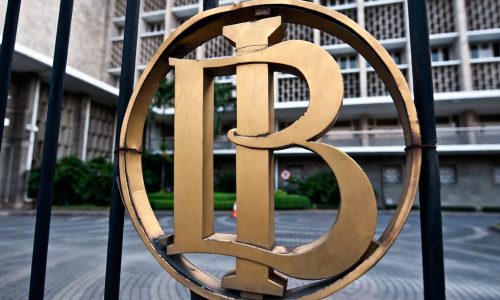The statement by Chairman of The Federal Reserve (The Feds), Jerome Powell, that the U.S. central bank will cut interest rates gradually and carefully in the next few months sends a positive signal for the Indonesian banking sector.
Equity Portfolio Manager of STAR Asset Management, Frederick Daniel Tanggela, said that this momentum should be used by investors to invest in Mutual Funds, especially in the Indonesian banking sector which has solid fundamentals even though the stock market is under pressure.
“The current corrected stock price provides a great opportunity to gain capital gains in the future. This is an interesting momentum to enter the market,” Frederick said.
Addressing a meeting with business leaders in Dallas on Thursday, November 14, 2024, Jerome Powell indicated that the U.S. central bank did not see the urgency to immediately lower its interest rates.
“The economy is not sending any signals that we need to rush to lower interest rates,” Powell said.
He said further that the Fed sees the need for an interest rate cut policy to respond to rising inflation.
The latest data from the Bureau of Labor Statistics reveals the inflation rate in the U.S. increased 2.6 percent year-on-year, the economic conditions which according to Powell do not require an aggressive interest rate cut.
From the third quarter 2024 financial report compiled by Indonesia Business Post, four major Indonesian banks have shown positive performance:
– Bank Rakyat Indonesia (BBRI) recorded the highest net profit of Rp45.36 trillion (US$716 billion), growing 2.40 percent (yoy).
– Bank Mandiri (BMRI) posted a net profit of Rp42.70 trillion (US$678 billion) with an annual growth of 7.56 percent (yoy).
– Bank Central Asia (BBCA) recorded a net profit of Rp41.10 trillion (US$651 billion), thus booked the highest profit growth of 12.80 percent (yoy)
– Bank Negara Indonesia (BBNI) recorded a profit of Rp16.31 trillion (US$259 billion), growing 3.50 percent (yoy).
This trend indicates that the banking sector remains strong amidst global economic fluctuations, driven by increased credit and better credit quality









